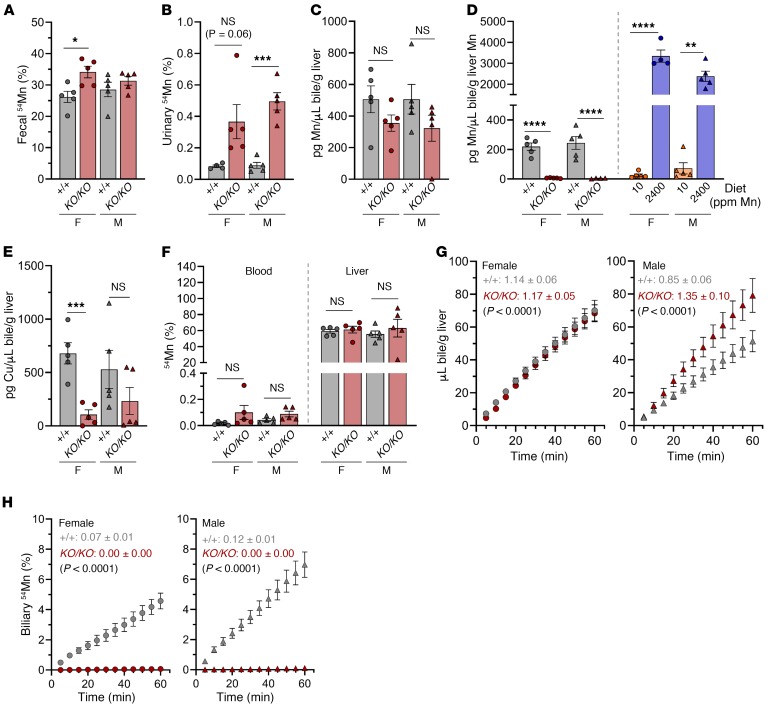Figure 5. Slc30a10 is essential for systemic and hepatobiliary Mn excretion.
Eight-week-old Slc30a10+/+ and Slc30a10KO/KO mice were characterized for (A and B) fecal (A) and urinary (B) 54Mn levels after retro-orbital 54Mn injection and overnight housing in metabolic cages (data are presented as a percentage of total 54Mn); (C and D) biliary Mn levels normalized to liver weight (C) and Mn content (D) (in D, biliary Mn levels from WT mice on a control or high-Mn diet are included for reference); and (E) biliary copper levels. (F–H) Mice underwent bile duct ligation, gallbladder cannulation, 54Mn/fluorescein injection into the portal vein, and bile collection for 2 hours. (F) Blood and liver 54Mn levels. (G and H) Bile volume (G) and biliary 54Mn levels (H) versus time for female (left) and male (right) mice. Each data point represents the mean ± SEM. Values shown in G and H indicate the average slope of the line ± SEM for each group followed by a P value for comparison of line slopes by linear regression. In A–F, data are presented as individual values and represent the mean ± SEM. Outliers (not shown) were identified by ROUT. Two-tailed P values were calculated by unpaired t test. No outliers were identified in A–C, E, or F. Removal of the outlier in D did not alter the identification of comparisons with a P value below 0.05. For all panels, n = 5 replicates/group, except for females on a high-Mn diet (n = 4). *P < 0.05, **P < 0.01, ***P < 0.001, and ****P < 0.0001.

